Exploring Five Decades of Nightlife
RR
The 1970s: Disco Fever
The 1970s marked a revolutionary era for nightlife with the explosion of disco culture. Clubs like Studio 54 in New York City became legendary for their extravagant parties and celebrity guests. This decade was characterized by pulsating beats, flashy fashion, and an infectious energy that drew crowds onto the dance floor.
Disco music, with its rhythmic grooves and upbeat tempo, was the heart of the scene. Artists like Donna Summer and the Bee Gees dominated the airwaves, providing the soundtrack to a generation eager to dance the night away. The fashion mirrored the music, with bell-bottoms, sequins, and platform shoes defining the era's distinctive style.
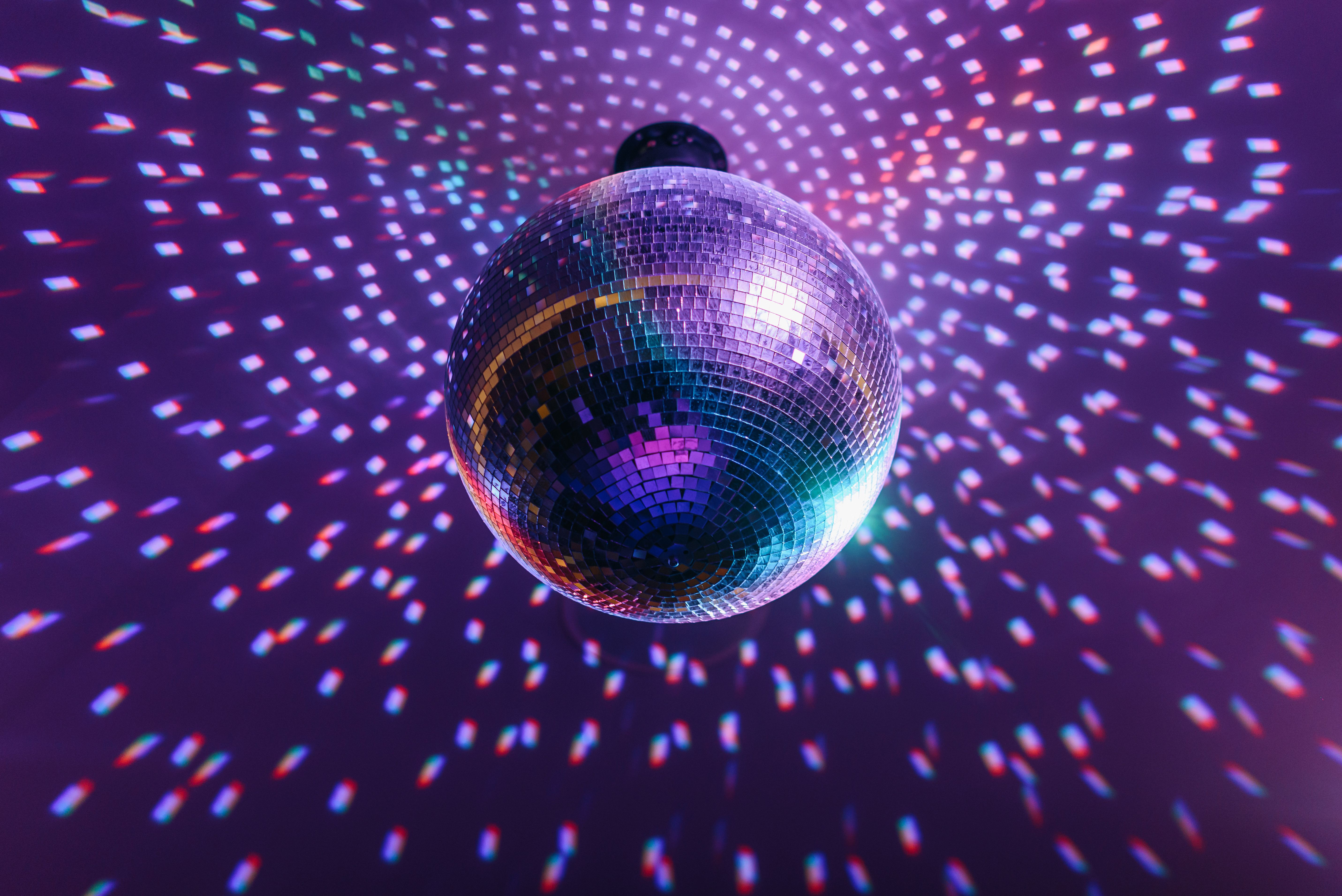
The 1980s: The Rise of Electronic Music
As the 1980s dawned, nightlife began to evolve with the rise of electronic music. This new sound brought with it a fresh wave of creativity and innovation. Clubs embraced synthesizers and drum machines, setting the stage for genres like synth-pop and new wave to flourish.
The decade also saw the emergence of iconic clubs such as The Haçienda in Manchester, which played a pivotal role in the development of house music. DJs became the new rock stars, blending beats and creating immersive experiences for club-goers who were eager to lose themselves in the music.
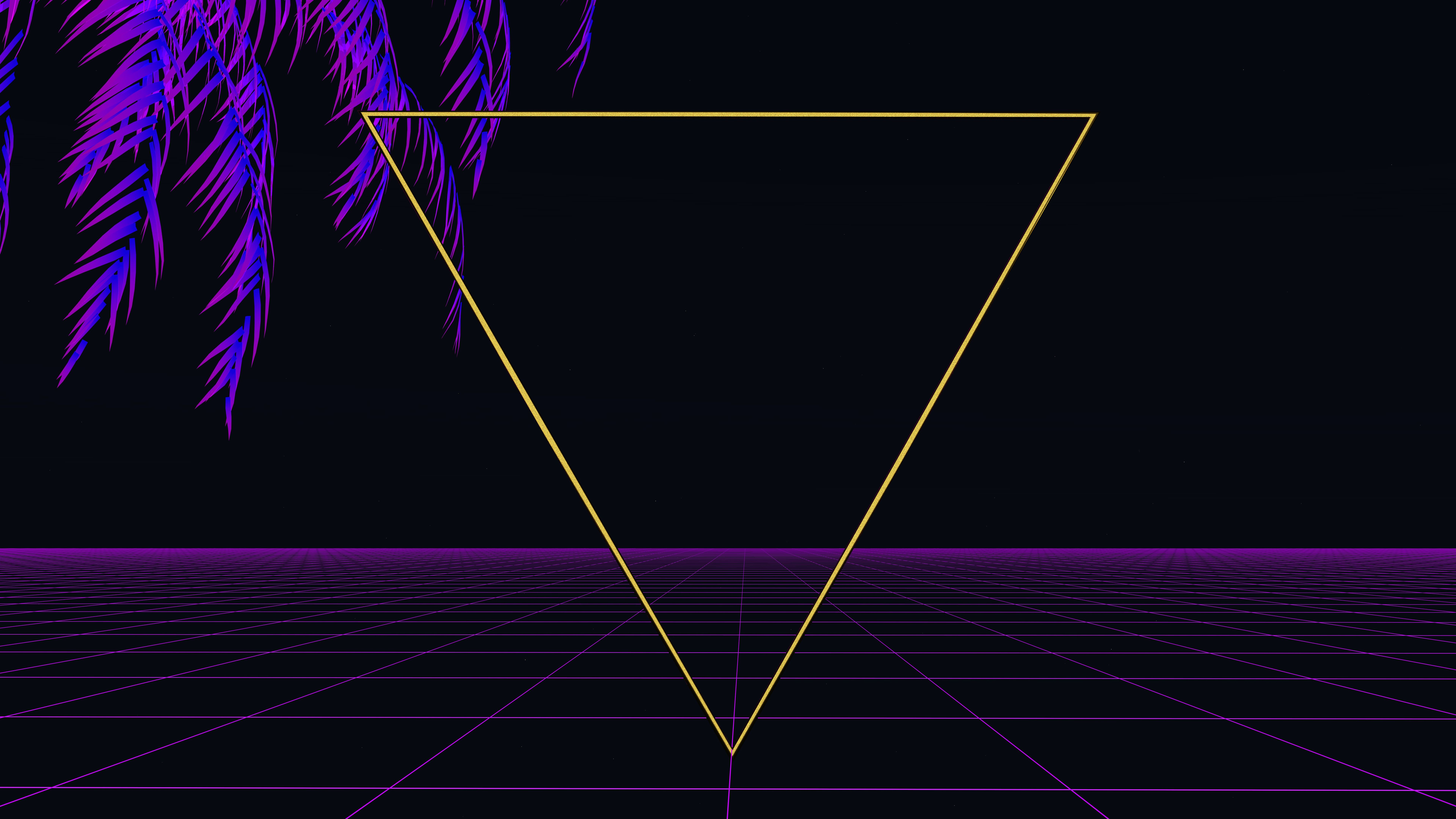
The 1990s: Rave Culture and Underground Scenes
The 1990s were synonymous with the rave culture explosion. This underground movement took dance music to new heights, with massive events held in warehouses and open fields. Raves were known for their all-night parties, vibrant visuals, and a sense of community among attendees.
Genres like techno, trance, and drum and bass gained popularity during this time, bringing people together from all walks of life. The '90s also saw an increase in clubbing tourism, with cities like Ibiza becoming global destinations for those seeking unforgettable nightlife experiences.
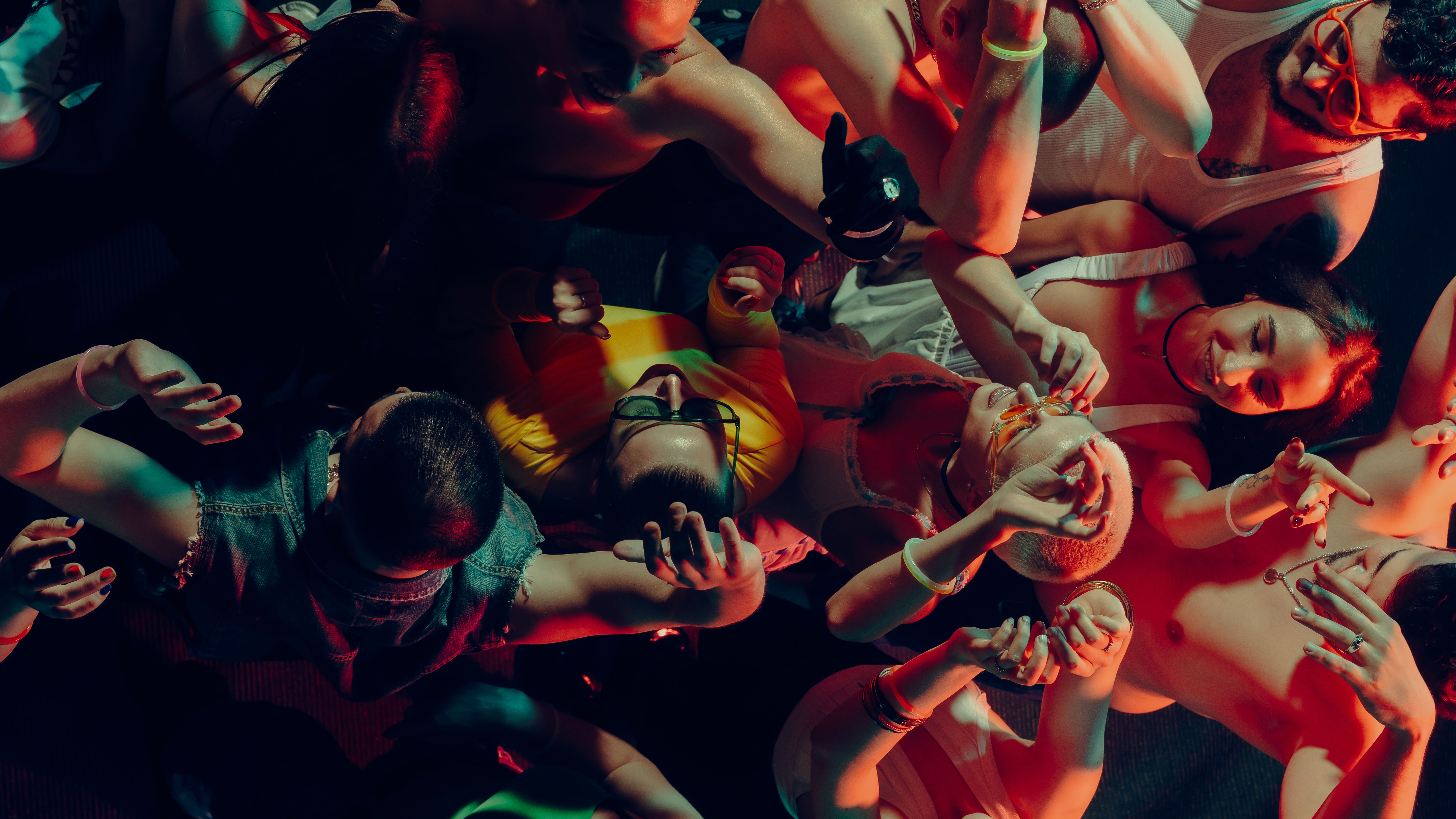
The 2000s: Nightlife Goes Global
The turn of the millennium saw nightlife become more globalized, with clubs and festivals attracting international crowds. Superclubs emerged in cities around the world, featuring state-of-the-art sound systems and elaborate light shows that captivated audiences.
Electronic dance music (EDM) became a dominant force, with DJs like Tiësto and David Guetta achieving worldwide fame. Festivals such as Tomorrowland and Ultra Music Festival grew in prominence, drawing thousands of attendees from every corner of the globe eager to experience their unique blend of music and spectacle.
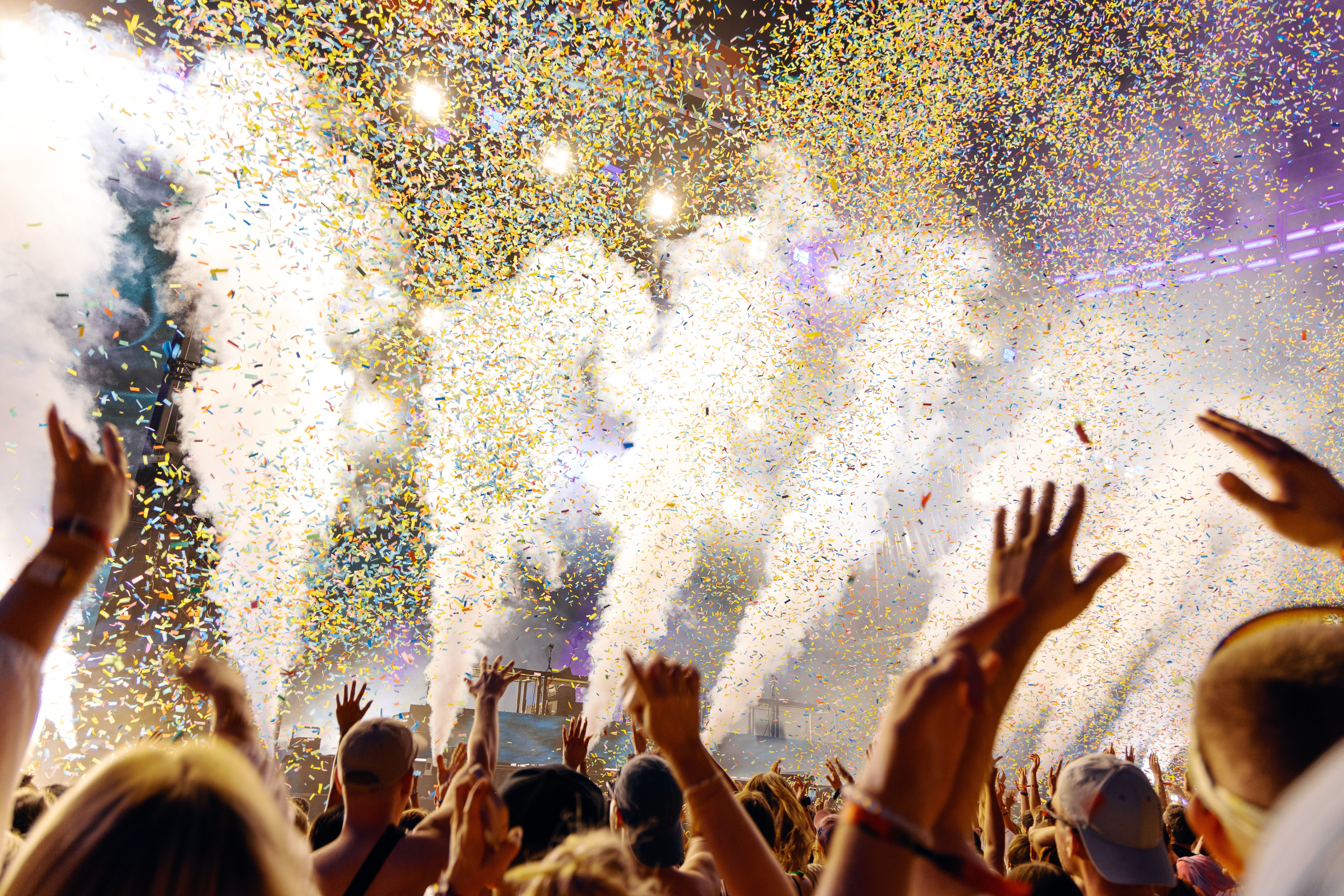
The 2010s to Present: A Digital Revolution
In recent years, technology has continued to transform nightlife, with virtual reality and live-streaming becoming integral to the clubbing experience. Social media platforms have played a crucial role in shaping trends and connecting people across continents.
Today, nightlife is more diverse than ever, with genres such as hip-hop, reggaeton, and afrobeat influencing club playlists. The rise of boutique clubs and intimate venues offers personalized experiences for those seeking something different from the traditional clubbing scene.
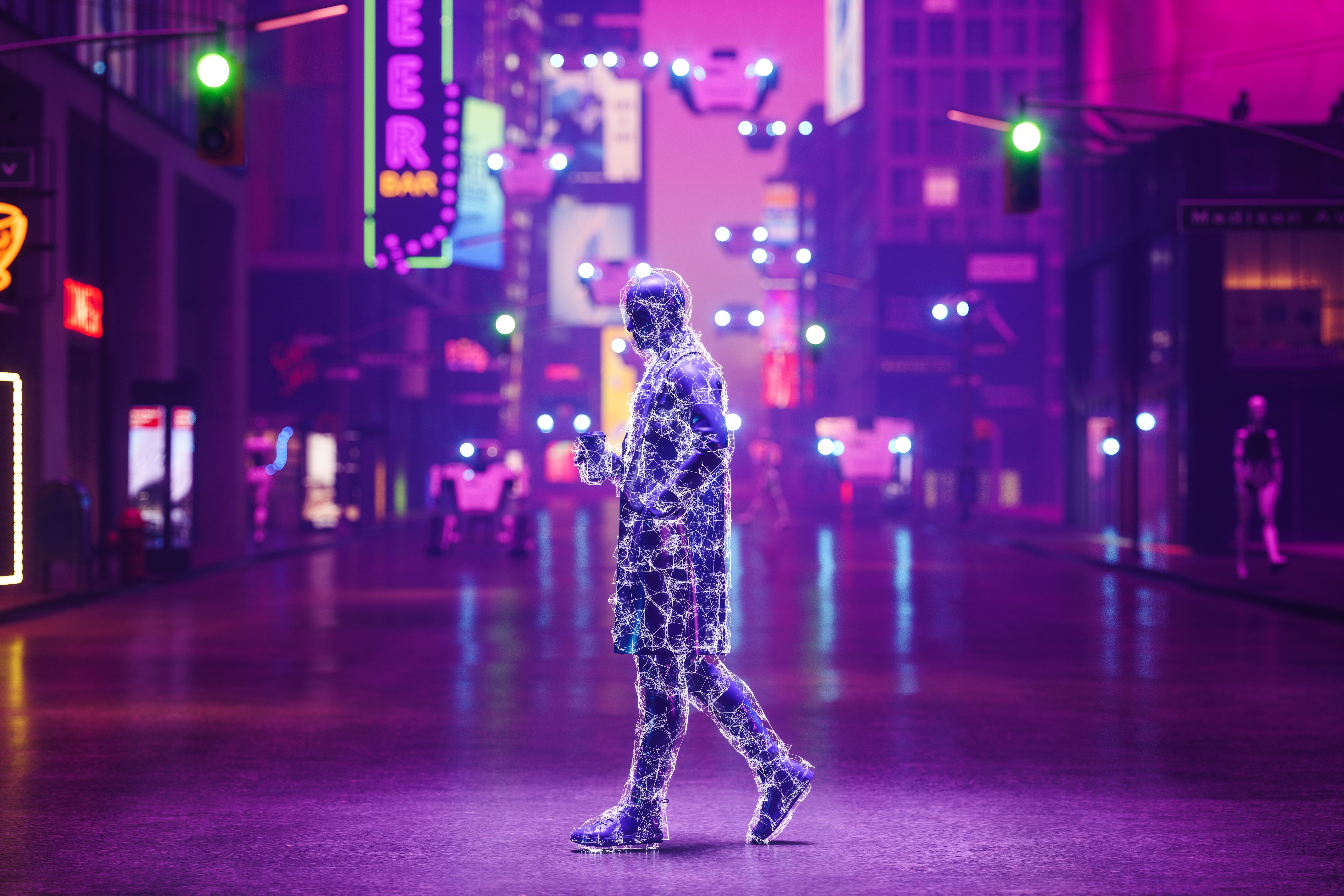
Through five decades of evolution, nightlife has continually adapted to cultural shifts and technological advancements. The essence of coming together to share music, dance, and human connection remains unchanged, ensuring that nightlife will continue to thrive well into the future.